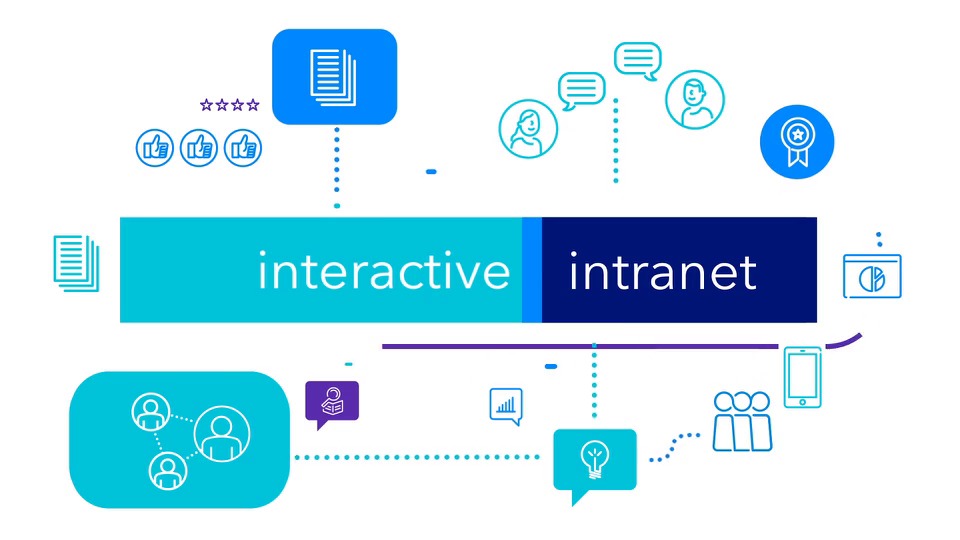An intranet is like a company’s own internal internet—essentially a private website, hosted in the cloud, on-premises or on external hosting facilities. A company intranet is a closed business network that connects all employees with one location to find all information, people and tools.
Intranets use TCP/IP, HTTP and other internet protocols, and in many ways they function just like sites on the public internet.
The difference is that intranets are used for internal information such as company news, onboarding documents and HR policies, which can be accessed by employees in one secure location. Your intranet safeguards the privacy and security of the content and information shared on it. Therefore, it’s not possible to access your intranet from outside your business network.
Your intranet offers an excellent platform for engagement and collaboration within a company. It also provides a location to store and access useful information, all in one place.
The solution to this problem isn’t yet another limited-purpose app.
What’s needed is a system that consolidates essential communication, collaboration and content functions in one easy-to-use, all-purpose environment. That’s the rationale behind a new breed of intranet, known as the “interactive intranet.” An interactive intranet brings together the best capabilities of traditional intranets, enterprise social networks and a slew of other communication and collaboration tools to create a single, powerful engine for end-to-end work.
An interactive intranet powers company communications, collaboration within and across teams, employee onboarding, networking and knowledge sharing, enterprise search, content collaboration and more – all under one roof. It’s fully accessible via browsers and mobile devices, so employees can access it anywhere. It can even integrate with external enterprise systems, pulling content and communications out of siloed apps and into a common collaborative environment. In short, an interactive intranet is a hub for learning, engagement and productivity: the heart of the digital workplace.
GET A PERSONALIZED DEMO
Don’t Settle For Less.
See what our groundbreaking platform can do for you.






